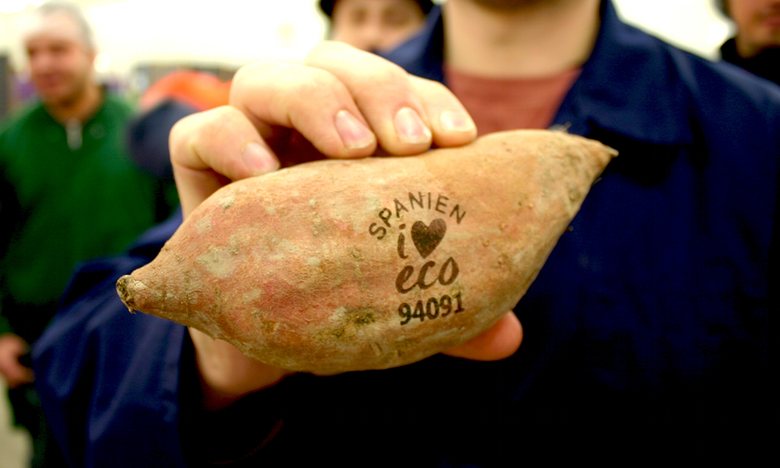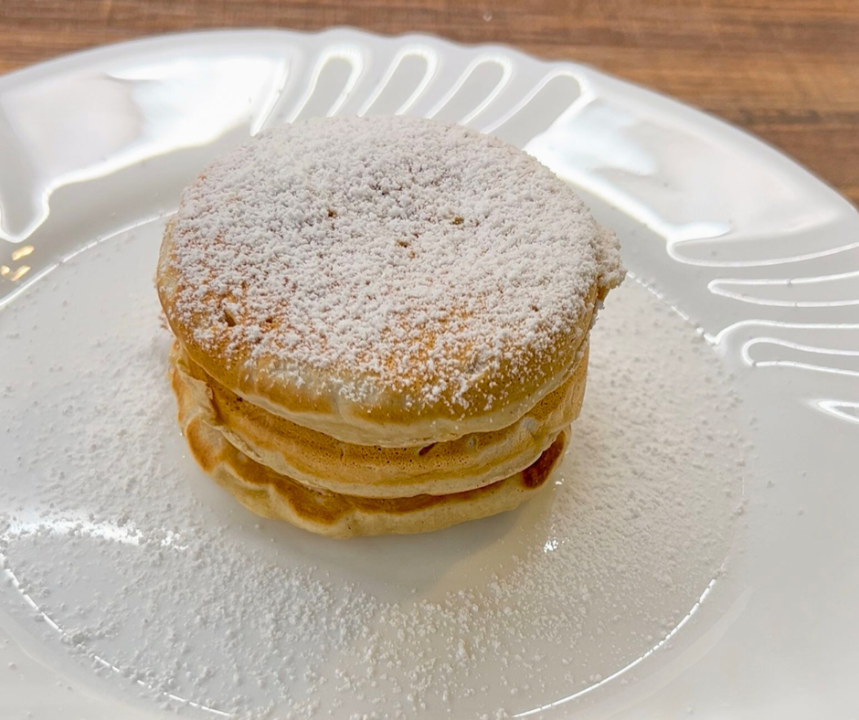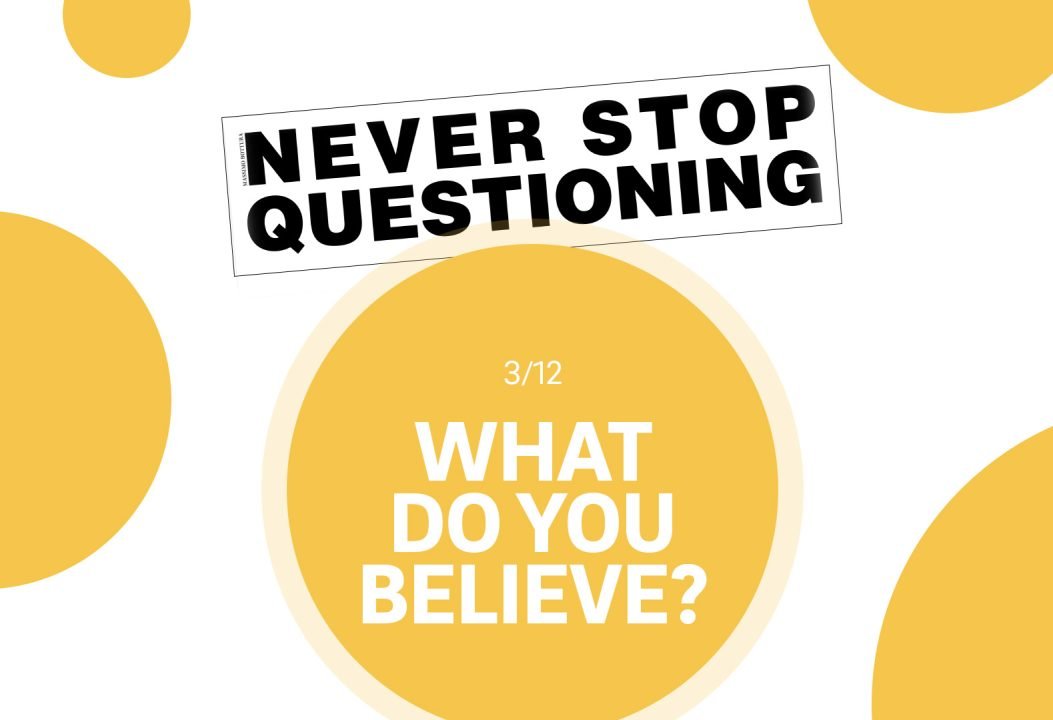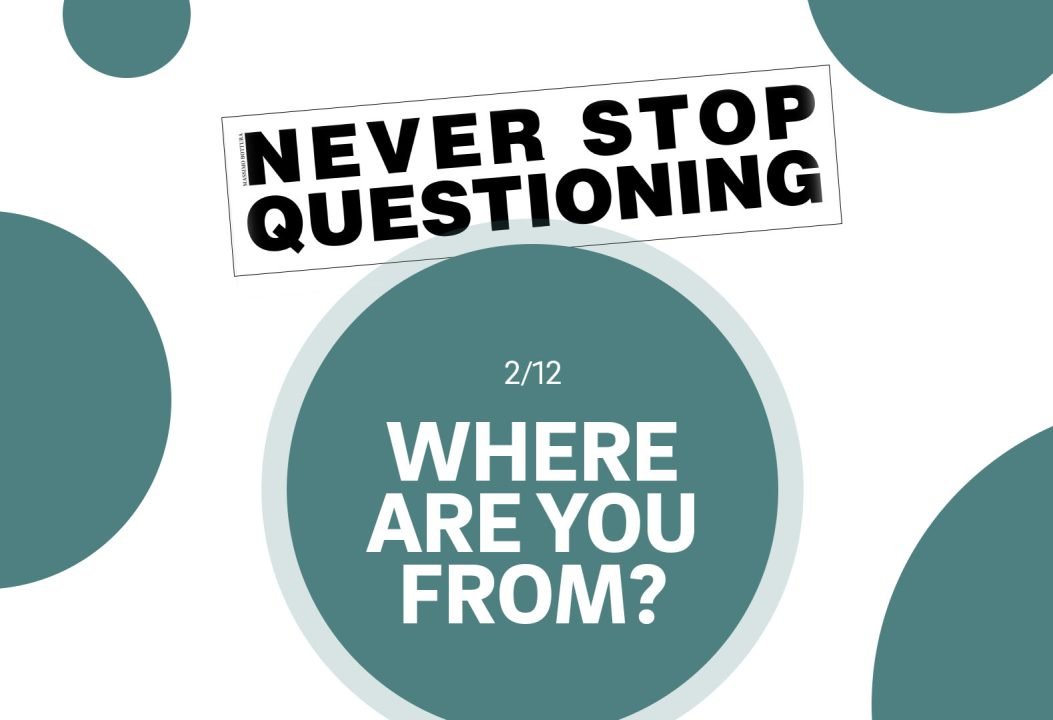Food for soul uses cookies strictly necessary for the proper functioning of the website, for its legitimate interest to enhance your online experience and to enable or facilitate communication by electronic means. To learn more about cookies please see our Cookie Policy
- About Us
- News and Stories
- News
- Less is better
When thinking about supermarkets, food producers and consumers, the concept of “waste” could immediately recall discarded, out of date and surplus foodstuffs. But beyond this primary source of wastage, there is a soft belly of bad practices, production and consumption patterns whose environmental impact is still significantly alarming.

In this context, boxes, wrapping materials and all sorts of packaging are indictable for more than a reason: the excess of packs and wraps (especially for fresh foodstuffs) and the use of non-recyclable materials, for example, affect the purchase choices of those consumers with an always growing environmental awareness.
In response to the demand for greener alternatives, food industries around the world are connecting the world of technology and design to propose innovative solutions that are more eco-friendly and even cheaper for consumers. Besides a wiser choice of materials and cleaner packaging designs, a common tendency of the last few years has been the bulk corner adopted by many supermarkets chains, where food can be stored, weighted and carried in bigger quantities in the same packs and with reusable bags. Virtuous examples come from both major cities and small towns, where whole stores are set on bulks -and don’t necessarily concern only food.
The next step towards this massive packaging cut comes from Sweden, Uk and the Netherlands, where supermarkets are replacing sticky labels with laser marking on selected fruit and vegetables. The employed technique, called “natural branding”, uses a strong light to remove pigment from the skin of produce. The mark is invisible once skin is removed and doesn’t affect shelf life, safety and edibility of food. The benefits of this laser technology are remarkable in terms of plastic use, energy and, above all, carbon footprint: it takes less than 1% emissions needed to produce a sticker of similar size. In terms of costs, the initial investment of a laser machine could make it less appealing, but it is almost more cost-effective than stickers -especially on a long term.
Naturally branded oranges, coconuts, sweet potatoes and avocados have been already trialed and received a positive feedback from consumers on social media. Implications on comprehensiveness, clarity of information, design impact and attractiveness will require further studies and trials, but so far, we can tell that sustainability is always good news.
Photo credits: ICA/ Nature & more
News and Stories
Your Gift Will Help Us Make A Difference Today
Would you help us create a socially inclusive world where no food is wasted, communities are food sufficient and have the tools to thrive?



